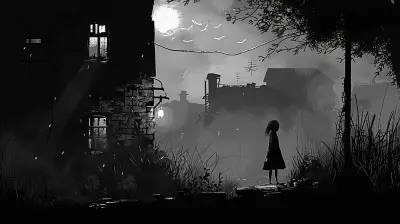The Evolution of Free-to-Play: From Casual to Competitive
13 July 2025
Let’s be honest—when someone first hears “free-to-play,” the reaction isn’t always flattering. For years, it meant one thing: a cheap game filled with annoying ads and endless paywalls. But wow, has that perception changed.
Today, free-to-play (F2P) games are not just surviving—they’re thriving. What started as a casual time-killer on our phones has become a serious contender in the world of competitive gaming. We’re talking global tournaments, big-money sponsorships, and hardcore communities. But how exactly did we get from Candy Crush to Apex Legends?
Let’s hit pause on whatever you’re playing and dive deep into the evolution of free-to-play games.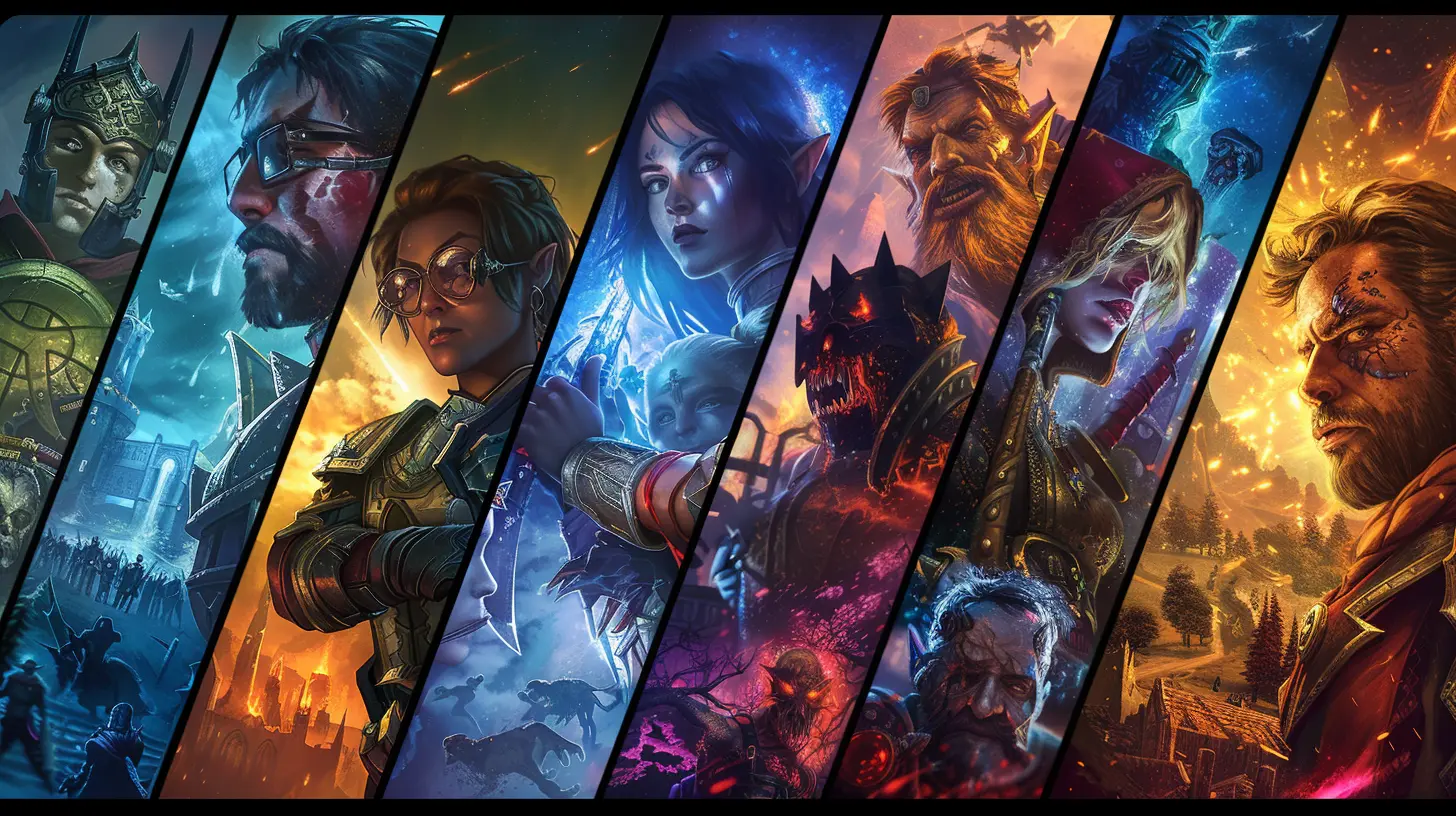
The Humble Beginnings of Free-to-Play
Back in the early 2000s, most of us didn’t really take F2P games seriously. These were simple, often browser-based games—think Neopets, RuneScape Classic, or the endless RPGs you’d find on Flash gaming sites. The concept was simple: play for free, pay for small perks.Back then, nobody had any idea how huge this would become. F2P was seen as the “budget” option—fun enough, but not on par with premium, AAA games.
So what changed?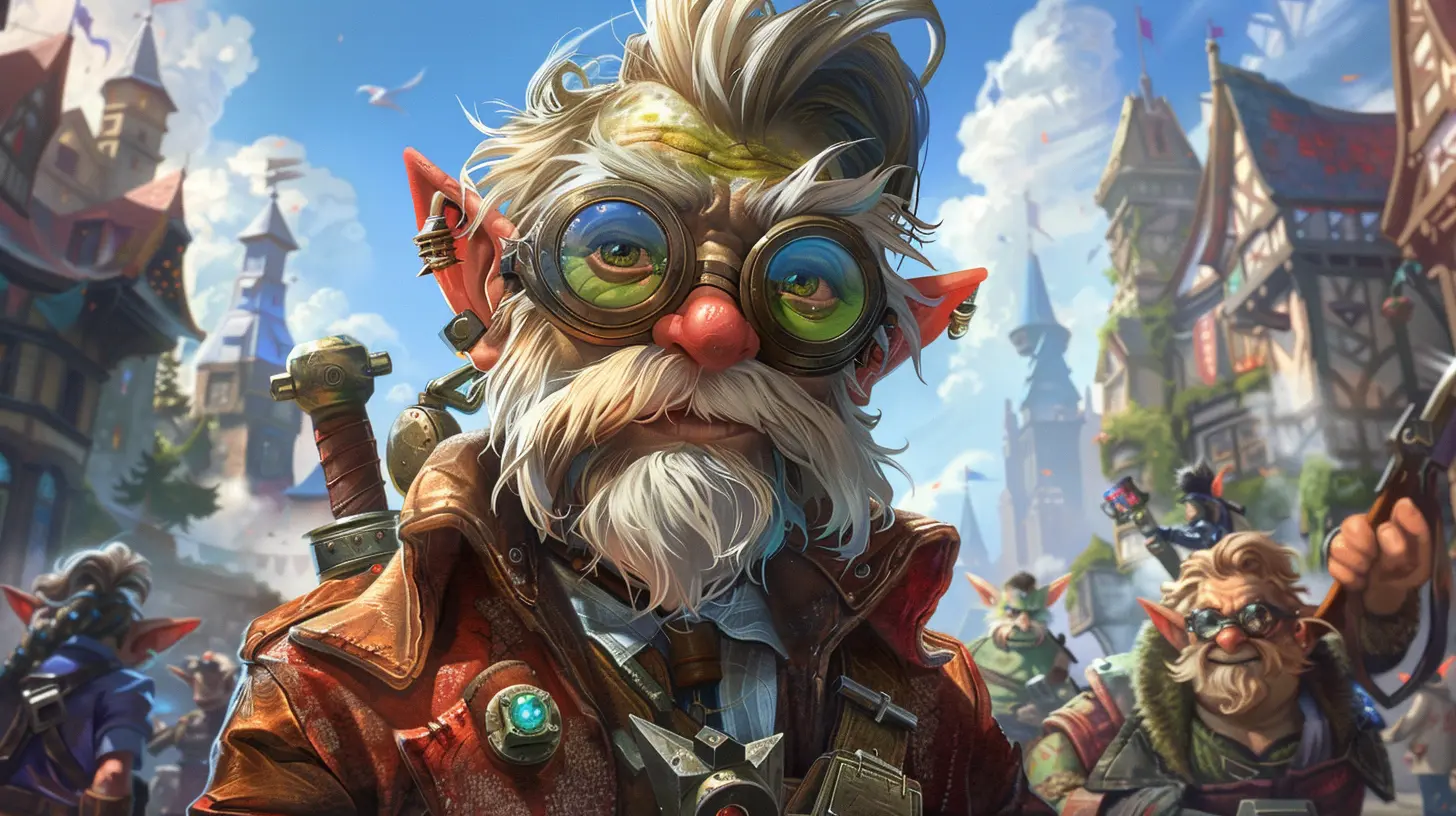
The Mobile Boom: Everyone’s a Gamer Now
Enter smartphones. Suddenly, everybody—and I do mean everybody—had a gaming device in their pocket. And developers? Oh, they cashed in big time.Games like Angry Birds, Temple Run, and Subway Surfers exploded in popularity. They didn’t cost a dime to download, but if you wanted that extra life or cool skin, it’d cost you. And we paid.
This was the start of the “freemium” model—free to get in, but monetized through microtransactions. It was simple, addictive, and surprisingly profitable. But let's be real: back then, these games weren’t made for esports. They were made for killing five minutes while waiting in line.
Still, the dominoes were falling.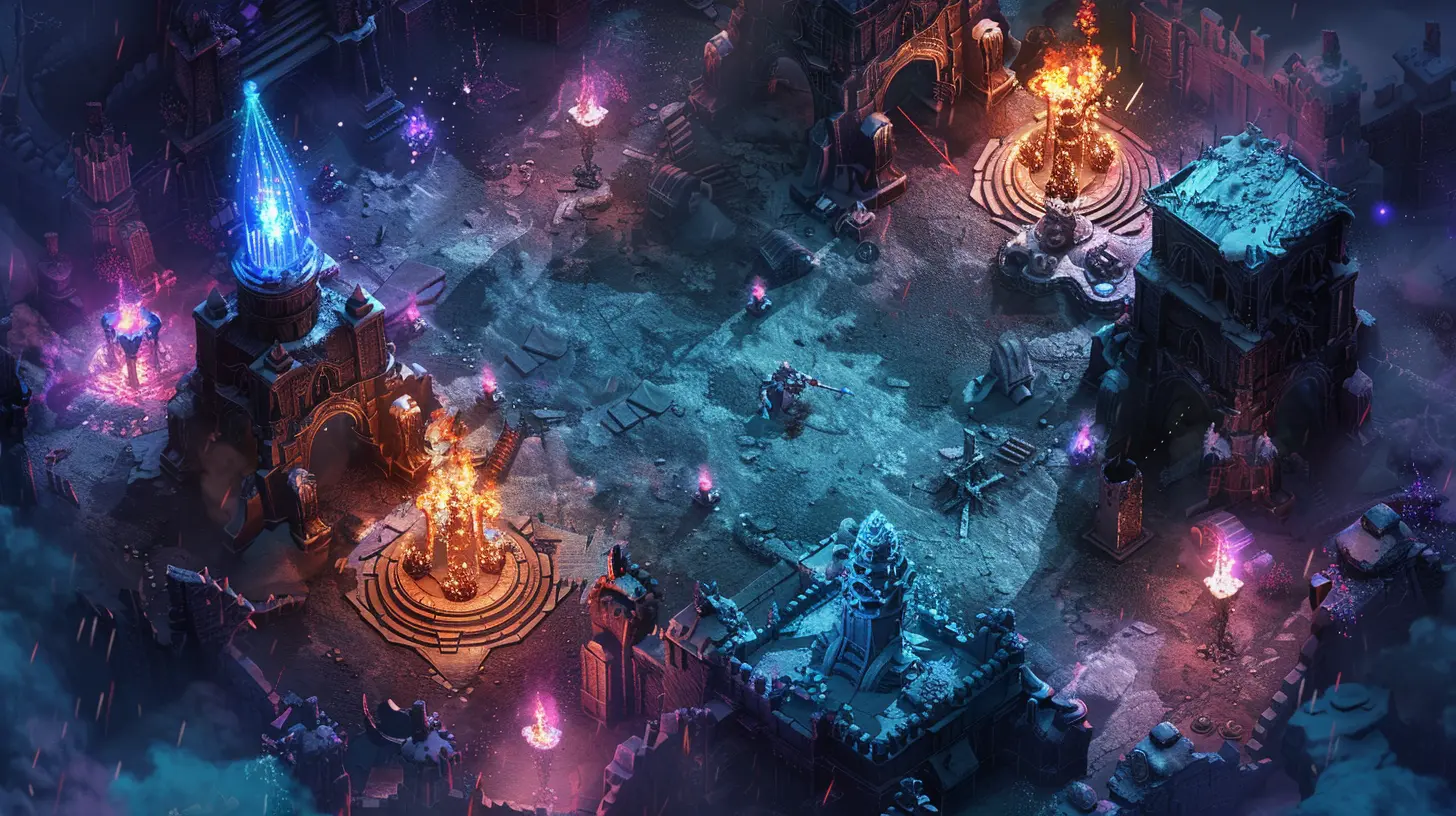
Microtransactions: Love 'Em or Hate 'Em
Ah yes, the good ol’ microtransaction debate. Some players love the idea of skipping grinds or grabbing cosmetic upgrades. Others? Not so much.But no matter how you feel, there’s no denying their impact. Microtransactions became the lifeblood of the F2P ecosystem. They allowed developers to keep their games free while raking in revenue from whales (players who spend a lot), dolphins (moderate spenders), and even minnows (occasional buyers).
And here’s the wild part: those small purchases added up to billions. Suddenly, free games were making more money than $60 AAA titles.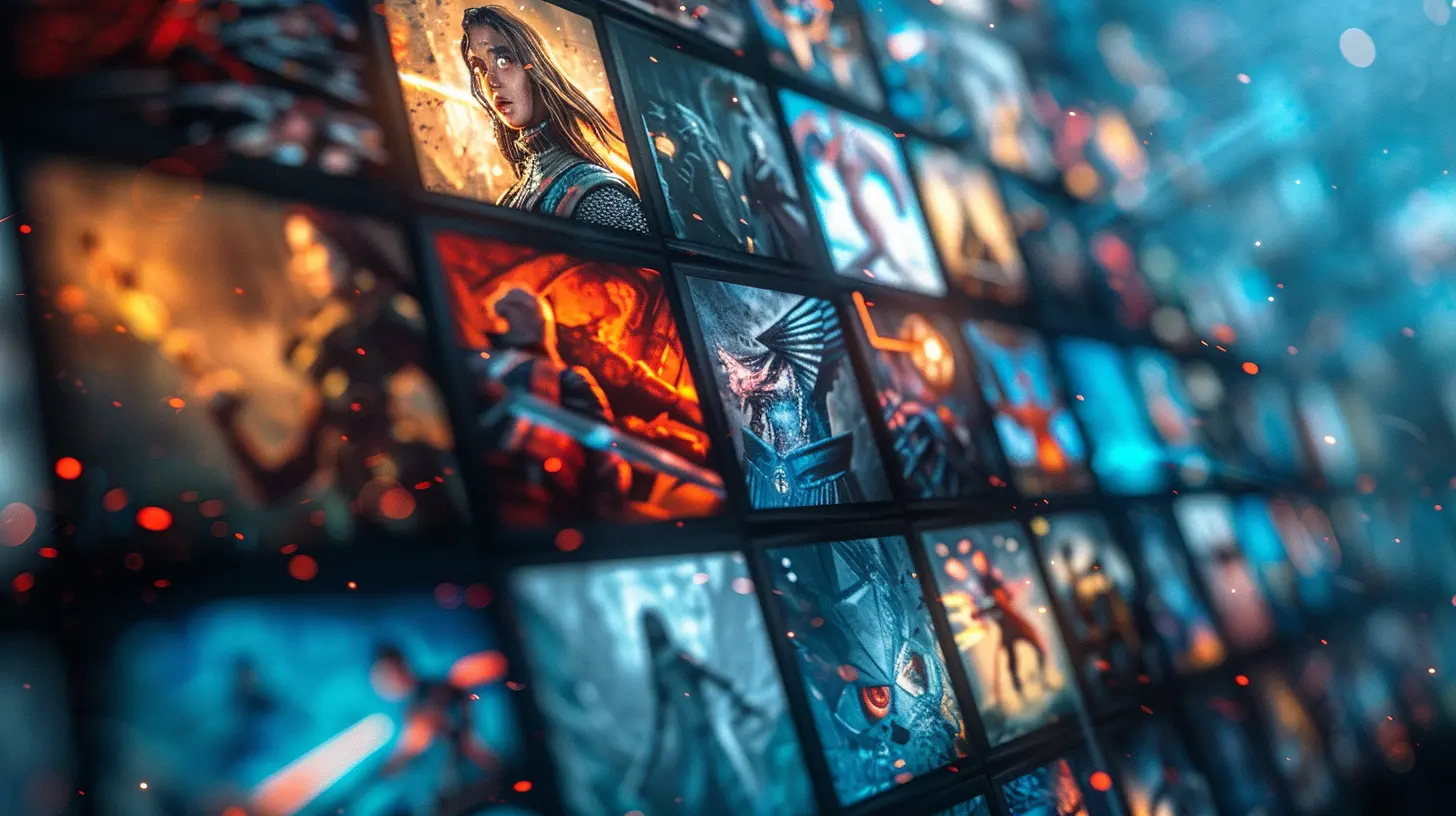
The Shift Towards Competitive Play
Around the mid-2010s, something shifted. F2P games started getting good—like, really good.Games like Dota 2 and League of Legends weren’t just fun; they were skill-based, strategic, and highly competitive. Both games are 100% free-to-play with purely cosmetic microtransactions. And yet, they’ve built massive esports scenes with multi-million-dollar prize pools.
Even battle royale games like Fortnite (yup, totally F2P) blended casual fun with hardcore competition. Before we knew it, free-to-play wasn’t just about convenience—it became a doorway into serious, high-stakes gaming.
You didn’t need to drop big bucks to compete. All you needed was skill.
Free-to-Play = Accessible to All
Let’s talk accessibility for a minute. One of the biggest strengths of F2P games is that they lower the barrier to entry. Think about it—no upfront cost means more people can give the game a shot.This has helped build massive, diverse communities. People from all walks of life, across countries and age groups, can jump in and play. Whether you’re in a high-end gaming setup or using your old laptop, F2P makes it work.
That reach? It’s priceless.
Monetization Without the Mess (Sometimes)
Sure, the F2P model has its dark side. Some developers push aggressive tactics—pay-to-win mechanics, loot boxes, and endless ads. And that’s where players draw the line.But here’s the thing: the best F2P games figured it out. They built monetization systems that don’t ruin gameplay. They let paying players stand out (new skins and emotes, anyone?) without making them overpowered.
Games like Valorant, Warframe, and Path of Exile do it right. They prove that you can make money and maintain fairness.
Community Is King
Want to know what really keeps F2P games alive? The players. The communities behind these games are often the most passionate, creative, and loyal people you’ll ever meet.From fan art to fan fiction, Twitch streams to Reddit theories—it’s the player base that gives these games a soul. And because F2P games are so easy to access, their communities grow fast and evolve constantly.
Plus, devs now engage directly with players. They tweak gameplay, balance characters, and drop updates based on community feedback. It’s a back-and-forth relationship that premium titles can’t always match.
Esports and the Free-to-Play Revolution
Let’s talk numbers for a sec. Esports is a billion-dollar industry. And you know who’s leading the charge? Yeah, you guessed it—free-to-play titles.Games like League of Legends, Fortnite, and Apex Legends aren’t just making waves—they’re the entire ocean. Major tournaments are broadcast worldwide. Players become celebrities. Teams get sponsored by massive brands. And all of it started… with free downloads.
It’s not just hype either. These games are designed with competitive integrity in mind. Balanced gameplay, ranked ladders, anti-cheat systems—it’s all part of the package.
F2P isn’t just part of esports. It is esports.
Live Service Games: The New Norm
Here’s another big piece of the F2P puzzle—live service models. Instead of releasing a game and moving on, developers now treat their games like long-term projects. They constantly add new characters, maps, events, and content updates.This keeps things fresh and keeps players coming back. Think of it like a TV series instead of a movie. There’s always a new episode on the way.
And trust me, it works. Game like Genshin Impact and Destiny 2 keep massive player bases engaged for months—or even years—at a time.
The Social Side of Free Games
Gaming used to be a solo thing. Today? It's all about connection.F2P games are social experiences. Whether it’s teaming up in battle royales, chatting in MMORPGs, or just flexing your new skin in front of your friends—these games are built to be played together.
They include friend systems, clans, chat functions, and in-game events that bring people together. And because they’re free, you don’t have to convince anyone to buy it to join in. Just download and play.
The Future of Free-to-Play
So, where do we go from here?Well, the F2P model isn’t going anywhere. If anything, we’ll see more of it—across all platforms. Console, PC, mobile… maybe even VR.
And with new tech like cloud gaming, hybrid monetization, and AI-driven design, the future looks wild.
We’ll probably see more crossovers between casual and competitive. Games that are fun for five-minute bursts but deep enough for esports. And if devs keep listening to players, keeping things fair, and delivering fresh content? The sky’s the limit.
Final Thoughts
It’s kind of poetic, isn’t it? Free-to-play started out as the underdog—dismissed as “cheap” or “low effort.” Now, it’s defining the future of gaming.From snack-sized mobile titles to arena-shaking esports, F2P has truly evolved. It’s more accessible, more social, and—when done right—more fair than ever.
And the best part? You don’t need a fat wallet to be a part of it. All you need is some game sense, a bit of time, and maybe a squad you trust.
The revolution isn’t coming—it’s already here. And it’s free.
all images in this post were generated using AI tools
Category:
Free To Play GamesAuthor:

Luke Baker
Discussion
rate this article
2 comments
Bernadette Acevedo
The evolution of free-to-play models illustrates a profound shift in gaming economics, transforming casual experiences into competitive arenas. This dynamic has democratized access, fostering diverse player communities while challenging developers to balance monetization with fair gameplay, ultimately reshaping the industry landscape.
October 27, 2025 at 5:22 PM
Cody Wilson
Fascinating journey; competition reshapes free-to-play.
July 17, 2025 at 2:41 AM

Luke Baker
Thank you! I'm glad you found it intriguing. Competition definitely plays a key role in shaping the free-to-play landscape.
